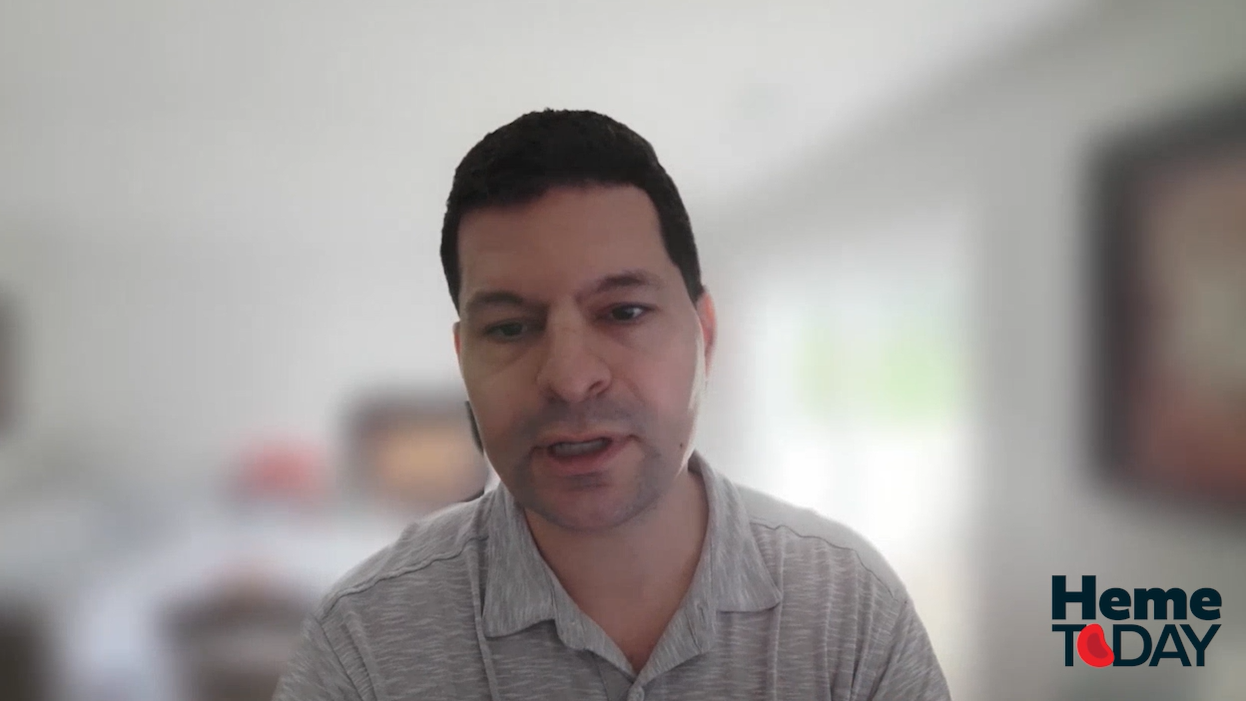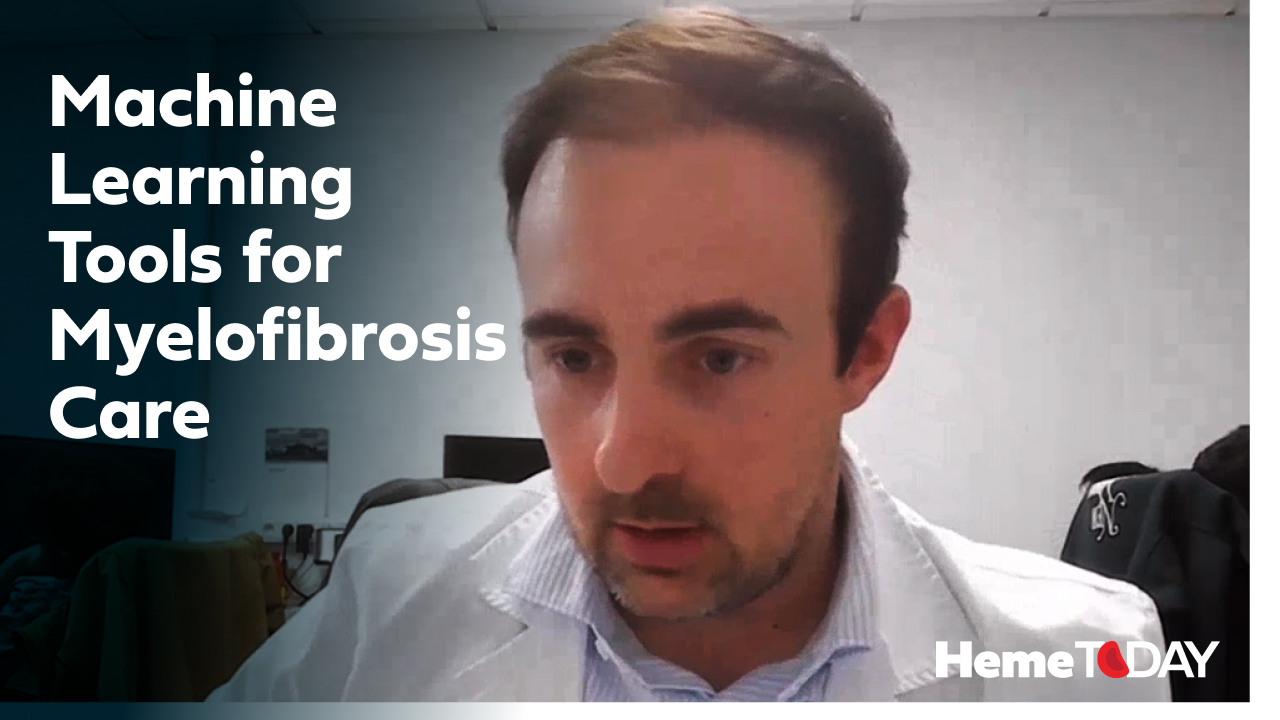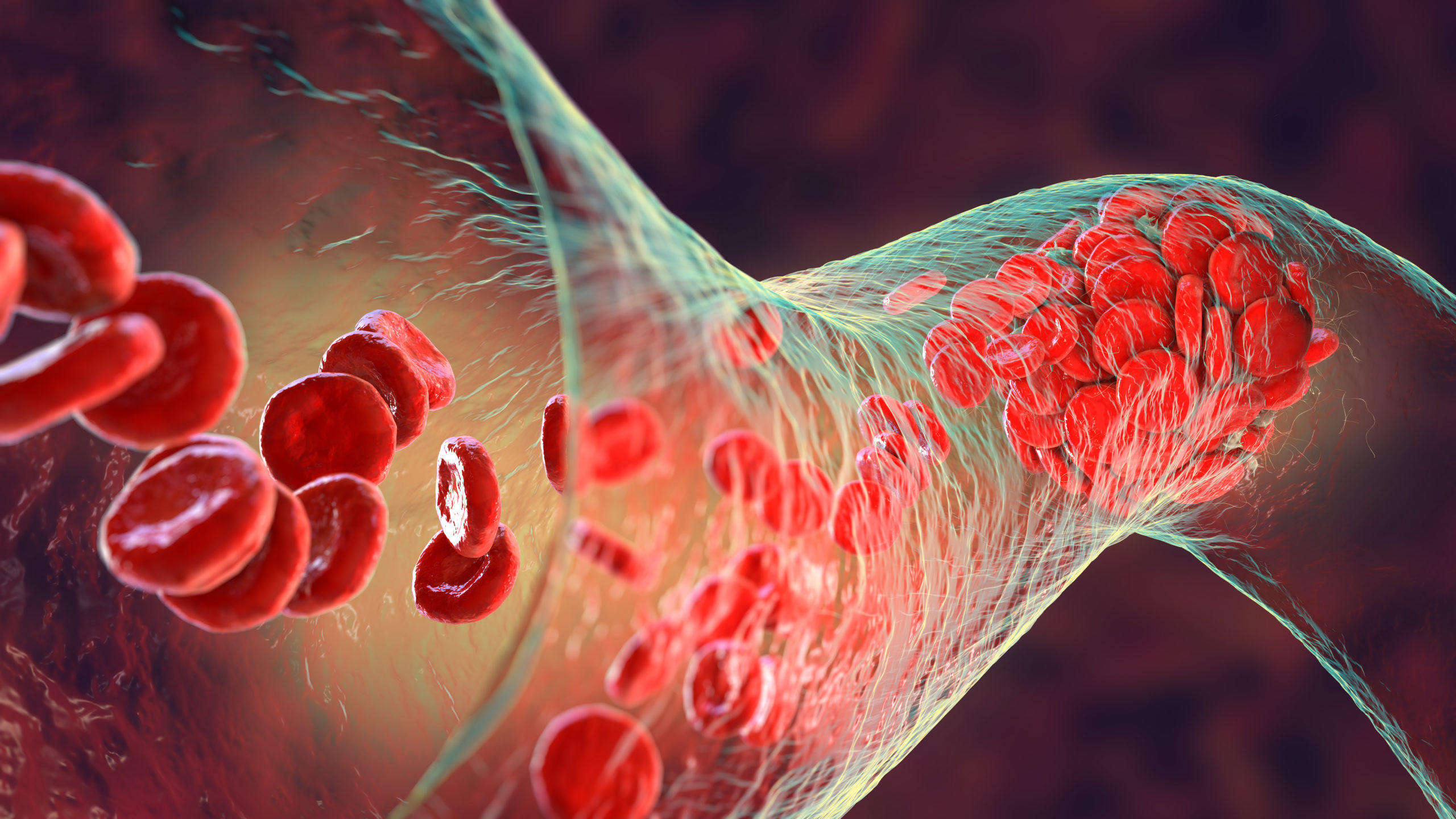Dr. Surbhi Sidana Presents Real-World Data Supporting Cilta-Cel for Multiple Myeloma
By Surbhi Sidana, MD, Andrew Moreno - Last Updated: October 22, 2024Multiple myeloma specialist Surbhi Sidana, MD, an Associate Professor at Stanford University in California, spoke with Heme Today about a recent study on ciltacabtagene autoleucel (cilta-cel) for relapsed or refractory multiple myeloma, on which she was the lead author.
Cilta-cel, a B-cell maturation antigen (BCMA)-directed autologous chimeric antigen receptor (CAR) T-cell therapy, received approval from the US Food and Drug Administration in 2022 based on favorable results in the CARTITUDE-1 clinical trial. However, cilta-cel required more investigation into whether it would be as successful in real-world patient populations who differ from the cohorts used in such trials.
“How will our patients in clinic, who have a lot more comorbidities, who might be progressing more quickly, respond to this kind of therapy in terms of both safety and efficacy of CAR-T?” Dr. Sidana remarked.
To answer this question, Dr. Sidana’s team conducted a multi-center outcomes study involving 236 patients who received cilta-cel. They found that overall safety outcomes for this cohort closely resembled those seen in CARTITUDE-1, even though more than half of the patients would not have met the eligibility criteria for that trial. Dr. Sidana noted their study saw a higher rate of non-relapse mortalities than in CARTITUDE-1 and that these were most often infection-related.
Regarding efficacy findings for their total study cohort, the overall response (OR) rate was 89%, and the complete response (CR) rate was 70%. For a subgroup of 192 patients who received a conforming CAR-T product, the OR rate was 94%, and the CR rate was 74%. In most of the patients with CR in whom measurable residual disease (MRD) could be evaluated, none was found.
From these results data, Dr. Sidana observed that “even though the patients did not meet the perfect trial conditions and had more comorbidities, they can derive significant benefit from this CAR-T.”
Dr. Sidana emphasized that sequencing prior BCMA-directed therapies is important in this clinical setting. The timing of such therapy affects outcomes, and in her team’s study, patients with prior BCMA-directed therapy had diminished response and progression-free survival. However, Dr. Sidana pointed out a useful finding from their study that for better outcomes, “if we have to sequence cilta-cel after prior BCMA-directed therapy, if we can, at least allowing an interval of six months or greater is important, if time allows.”







 © 2025 Mashup Media, LLC, a Formedics Property. All Rights Reserved.
© 2025 Mashup Media, LLC, a Formedics Property. All Rights Reserved.